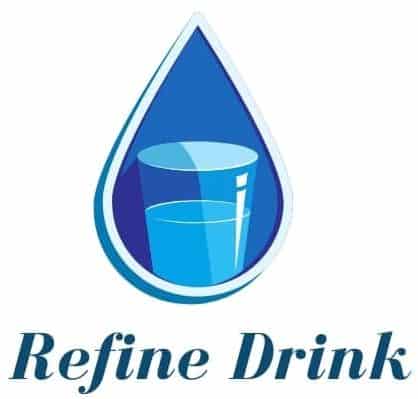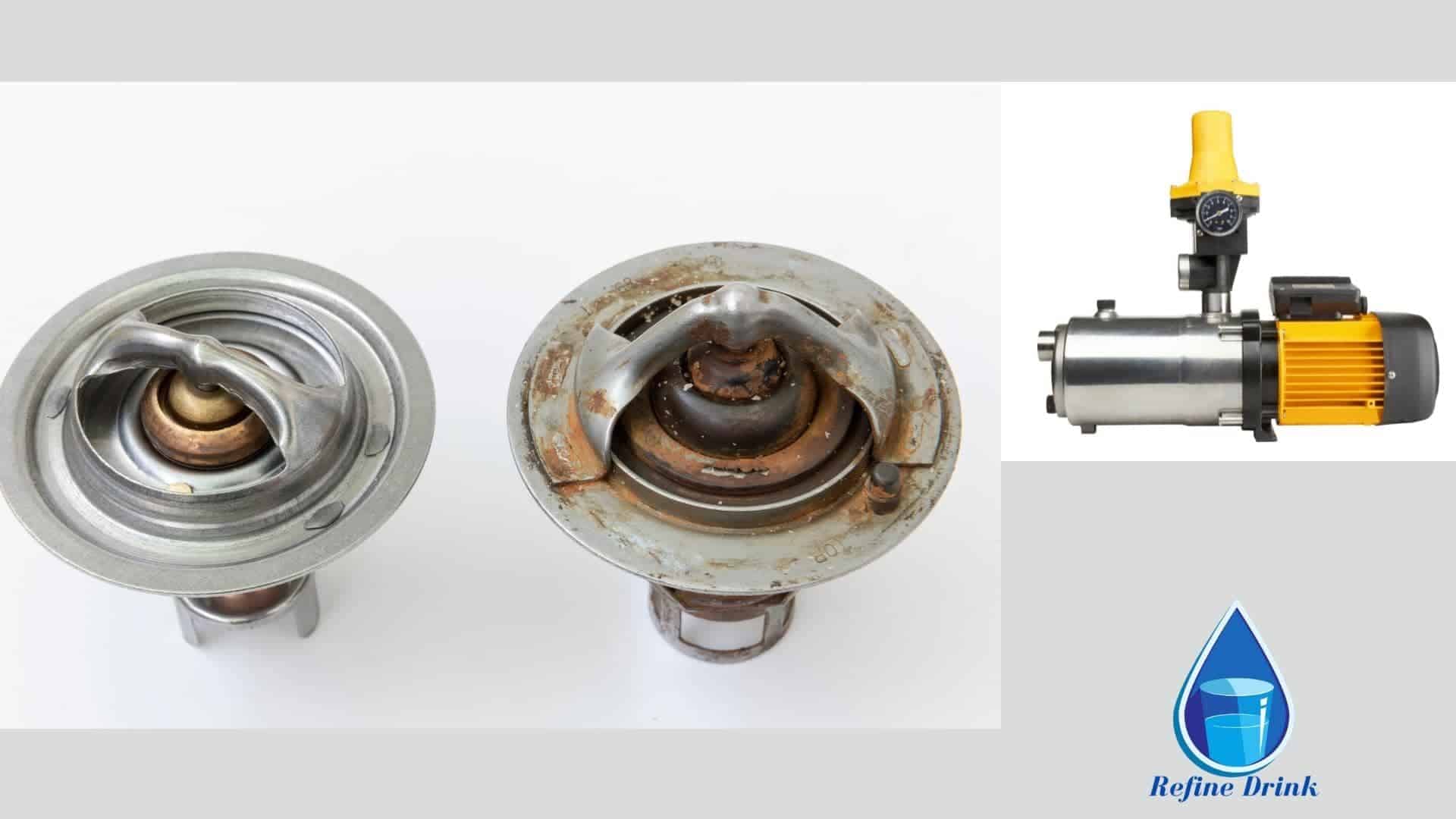Negligence in repairing ominous signs of the Bad thermostat or water pump can completely ruin the car’s engine. With the damage car parts will be in danger.
A car thermostat’s primary functions are to heat the engine and keep the engine’s temperature at the optimum level. However, extreme heat or lack of maintenance may damage the thermostat. A lousy thermostat may cause engine failure, so it should be replaced after observing the alarming signs given below.
Indications of a bad thermostat
There is some alarming symptom of the bad thermostat.
Inconsistent Temperature variations
When your vehicle’s temperature readings rise and fall, it may suggest that your car has a faulty thermostat. So you should also check whether the cabin heater core is working properly.
Downfall of Temperature
When a temperature measurement reading falls significantly, it may suggest that the thermostat is stuck open and hot coolant is persistently flowing into the engine.
Excessive heat of the engine
The thermostat of your car may be faulty if your vehicle’s temperature measurement reading is very high. This could suggest that the thermostat is stuck closed, which is leading the engine to overheat.
Why Should You Replace a Bad Thermostat?
Overheating is the most significant risk factor of thermostat failure. Therefore, it is mandatory to replace the thermostat every ten years. You may be thinking about the cost estimate. However, the actual cost is negligible compared to the safety of the engine of your precious car.
How to replace a Bad Thermostat
Replacing a faulty thermostat is very easy. Nevertheless, if you think you are not confident enough, you must seek help from a professional. It will take only a couple of minutes to replace the thermostat.
Can You Drive Without a Thermostat?
According to specialists, your engine should not be run without a thermostat. Driving without thermostat housing will expand the danger of chamber head or head gaskets harm just as dampness or muck development inside the crankcase.
A lousy thermostat or water pump can ruin your car.
Firstly, make sure the engine is excellent and take out the thermostat. Then cautiously examine it and focus on its position. If it is closed, everything is okay. Remember, don’t allow it to contact the lower part of the pot. At the point when your thermostat starts to open, record the specific degree. Try not to pull it out of the water, delay until it is entirely open, and record when it occurs.
At the point when it is completely spread, pull it out of the pot, and afterward, you can contrast notes and the particular on your four-wheeler. If the outcomes go amiss from the details, you need to supplant the car thermostat.
The car is overheating, but it has coolant in it?
Car engines may cause harm to motor parts and lots of expense to fix when the flow of coolant flow rate level decreases very much, then the engine’s existent heat. When steam emits from your engine hood, this is an indication that your vehicle is losing its coolant flow.
The easy way to do this is to ensure the coolant level flow in the radiator’s depository tank. Again it may need to unlock the radiator cap to notice the amounts of coolant collapse inside the radiator.
Yet, opening the radiator cap while it’s hot is illegal because it can cause extreme injury. By one way or another, when the engine coolant level is observed, the supply tank indicates a bad coolant pump, and simultaneously the engine was overheating.
Signs of Bad Water Pump
Some common symptoms indicate a bad water pump is –
- Excessive heat
Excessive existent heat is a warning sign that you know it’s time to change your pump. Coolant liquid can’t be circulated through a bad pump by your vehicle’s engine. As a result, the engine will overheat. The hotter it gets, the more possibility of damage or engine block.
- Coolant Leak
Coolant leaks from the water pump are very typical and an indicator that the pump should be replaced. Drive a Vehicle with a Bad Water Pump is a deadly idea. With the damage to the water pump, these parts will be in danger.
Most importantly, a vehicle should not be driven with a bad water pump. Be careful that your failure to repair the pump in time may lead the engine to stall completely. You have to fix the lousy water pump soon.
Replace a water pump
To replace the water pump may need a couple of times. A trouble-free and uncomplicated replacement might only take 2 hours. But sometimes, complicated work may require even for an experienced mechanic a whole day.
How to replace a water pump?
Let the engine be excellent, then, at that point, separate the negative battery post. Next, channel your coolant into a catch container by extricating the petcock on the lower part of the radiator. Supplanting siphons generally accompany the gaskets required for the work.
Eliminate the old water pump. Would you mind focusing on the length of the bolts as you eliminate them since they may not all be something similar?
Utilize a scrubber or Brillo cushion to ensure all surfaces, including the siphon mounting surfaces, are perfect and liberated from old water pump gasket material and glues before reassembly. Coolant flow breaks may result if mating surfaces are not spotless. Test-fit the water pumps and get together before continuing.
Use an RTV silicone water pump gasket sealer and additionally a gasket if your maintenance manual suggests it. Then, at that point, introduce the substitution siphon. Force all bolts to spec. Reinstall every eliminated part
A water siphon is an imperative piece of the vehicle. This segment controls the progression of the coolant deposit around the motor to keep up with the predefined scope of temperature. It ensures that the coolant goes through the Motor Square, radiator, and radiator hose and keeps an ideal working temperature.
However, if you comprehend that your water siphon isn’t working and causing issues, you should move the vehicle to the closest repairman or certified mechanics shop.

